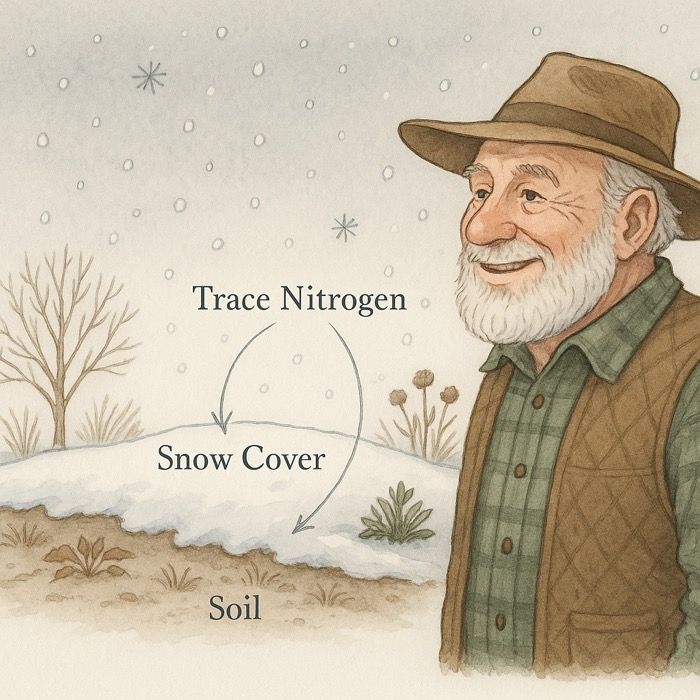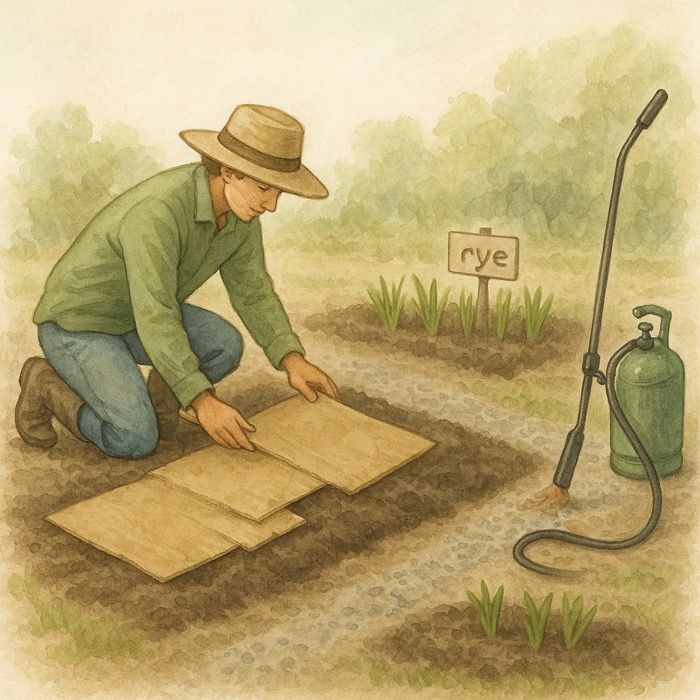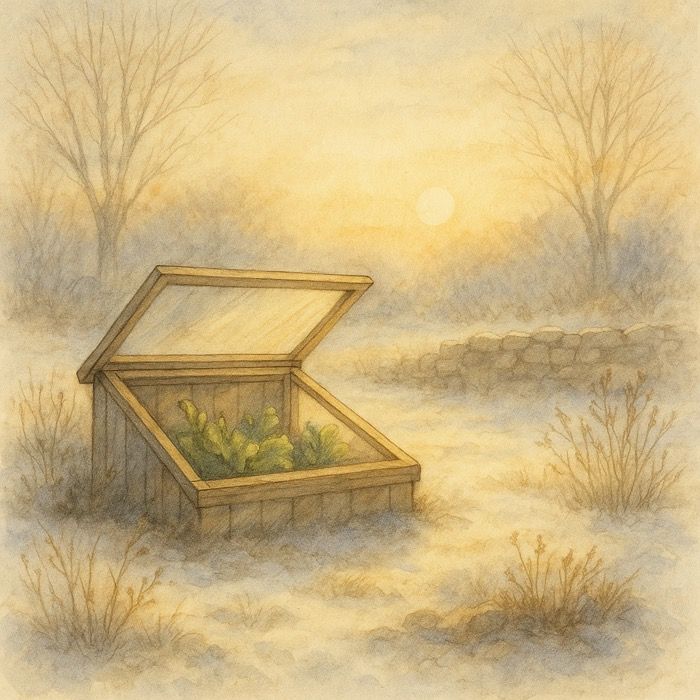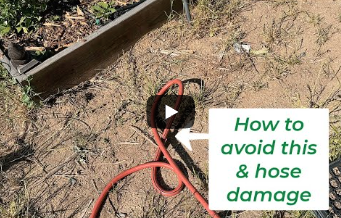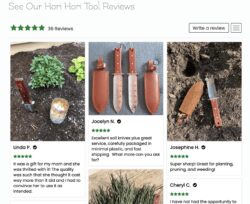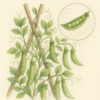Composting Method Comparison Table
October 31, 2024
Which Composting Method Should I Use?
Understanding the different composting methods can transform the way you manage your garden waste and improve soil health. Whether you’re a seasoned gardener or just starting out, choosing the right composting technique depends on your space, resources, and commitment level. The table below provides a comprehensive comparison of various composting methods, detailing the pros and cons, ideal materials, time to decompose, and more. From hot composting for quick results to vermicomposting for compact spaces, this guide will help you decide which approach best suits your gardening goals and lifestyle. Dive in to discover how each method impacts the environment and yields nutrient-rich compost for a flourishing garden!
Enhanced Composting Techniques Table
Scroll → to view more columns
| Composting Technique | Pros | Cons | Ideal Materials | Time to Decompose | Space Requirements | Maintenance Level | Smell Factor | Best For | End Product Quality | Environmental Impact |
|---|---|---|---|---|---|---|---|---|---|---|
| 🌡️ Hot Composting | Quick results (weeks); Kills weed seeds and pathogens; Produces nutrient-rich compost | Requires regular turning and temperature monitoring; Needs a good balance of materials | Grass clippings, vegetable scraps, straw, leaves | 2-6 weeks | Large outdoor area | High | Minimal if balanced correctly | Gardeners needing quick compost | High in nutrients, crumbly texture | Moderate, requires labor and water |
| ❄️ Cold Composting | Low maintenance; Easy for beginners; Retains more beneficial microbes | Takes 6-12 months to decompose; May attract pests if not managed properly | Kitchen scraps, garden trimmings, leaves, cardboard | 6-12 months | Small to medium space | Low | Earthy smell | Beginners or busy gardeners | Nutrient-rich but coarser | High, very eco-friendly |
| 🪱 Vermicomposting | Great for small spaces; Produces worm castings rich in nutrients; Reduces food waste | Requires specific conditions (temperature, moisture); Worms may die in extreme weather | Fruit and vegetable scraps, coffee grounds, paper | 2-3 months | Compact, suitable for apartments | Medium | Mild, earthy smell | Urban gardeners | Very high nutrient content | High, reduces food waste |
| 🌾 Green Manure | Improves soil fertility and structure; Provides a living mulch; Fixes nitrogen (with legumes) | Takes time and space; Needs to be managed to prevent reseeding; Not a fast process | Legumes, clover, rye, vetch | Seasonal growth cycle | Requires a garden bed or field | Medium | None (living mulch) | Large-scale farmers | Nutrient-rich green mulch | Very eco-friendly, enriches soil naturally |
| 🧴 Bokashi Composting | Ferments food waste quickly; Suitable for indoor composting; Handles cooked and dairy scraps | Requires special equipment (bokashi bins); Fermented waste needs to be buried in soil | All food scraps, including cooked food and dairy | 2-4 weeks (fermentation) | Small indoor space | Low | Mild, slightly sour smell | Indoor gardeners or those with limited outdoor space | Pre-compost that enriches soil | High, reduces landfill waste |
Scroll → to view more columns
More From Our Master Gardener
Recent Posts

❄️ Snow as Fertilizer – The Truth About “Poor Man’s Nitrogen”

5 Unexpected Winter Weed Control Strategies (That Don’t Involve Mulch)

Harnessing Winter Sun – Passive Solar Tricks for Your Garden

How to Grow Spinach – The Ultimate Beginner’s Guide for Tender, Nutritious Leaves

How to Grow Peas: The Ultimate Beginner’s Guide for Sweet, Crisp Harvests
" "garden care" "gardening tips" "summer plants"summer gardening5 reasons why hardwood and stainless garden tools are best5 tips for weed preventiopn10 best DIY garden projects10 garden projects10 mosted asked garden questions2025 gardening trends=save the beesabout flower farmabout garden shopacidic soil hydrangeaadding worms to garden


